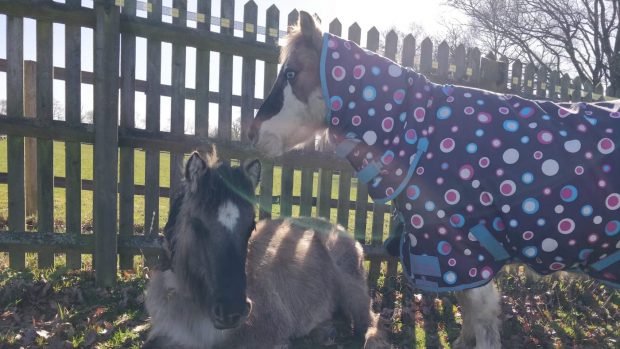Around 1,000 horses are expected to die from ragwort poisoning during 2002, according to Dr Derek Knottenbelt of Liverpool University, which is developing a blood test to diagnose ragwort poisoning at an early stage.
At present ragwort poisoning is impossible to detect until the horse begins to show clinical signs of poisoning, at which stage little can be done. Once the blood test has been approved, it will enable horseowners to find out if their horse has ingested the noxious weed before its too late.
Liverpool University has developed a test, but it needs to undergo extensive clinical trials, which will cost around £60,000, before being approved.
The university has set up a charity – “Liverpool University (Ragwort Trust)”, in association with Dodson & Horrell, the BHS and the ILPH, to raise money to fund the trials.
How you can help
Dodson & Horrell is asking horse owners to support this worthy cause by organising their own sponsored ragwort pull.
“We are hoping that the equestrian world will come together to raise funds and reduce the current ragwort infestation at the same time,” explains Teresa Hollands, of Dodson & Horrell.
The campaign aims to:
- Raise money for Liverpool University’s clinical trials of the new blood test
- Significantly reduce the presence of ragwort around the country
- Increase awareness of the problem at every level, from horse owner to government
Organising your ragwort pull
Good planning is the key both to a successful pull and an enjoyable day, according to Teresa Holland, who has the following tips.
- Decide on the area in which you wish to do the pull. Remember that the plant is at the rosette stage at the moment and therefore will not be as visible as during the flowering months.
- Contact the landowners or county council and explain what you are going to do and why. An example letter is available from Dodson & Horrell.
- Choose a date and get as many people involved as possible
- Get as many sponsors as possible. Click here for sponsor form.
- Make sure you have empty feed sacks or black bin bags to put the plants into
- Make sure everyone has a pitch fork or spade as the roots must be dug up
- Make sure that everyone has gloves on, as the poison will be absorbed through the skin
- Contact your local newspaper and regional horse magazine and see if you can get a reporter to come along
- Take pictures if you have a camera, so you can send pictures to newspapers and horse magazines
- Contact your local BHS, ILPH, Pony Club or riding club representative so they can sign your form, if you want to enter the most ragwort collected competition. Entry forms available from Dodson & Horrell
- Make sure you take bottles of water and some food along and stay hydrated
- Once you have collected the monies, write cheque to Liverpool University (Ragwort Trust) and send to Teresa Hollands, D&H, Ringstead, Kettering, Northants, NN14 4BX.
- Once you have had your bags counted or photographed, make sure that the plants are burnt, not put on muck heaps or anywhere that horses could access.
For more information contact Dodson and Horrell (tel: 01832 737300).
Read more about ragwort:




